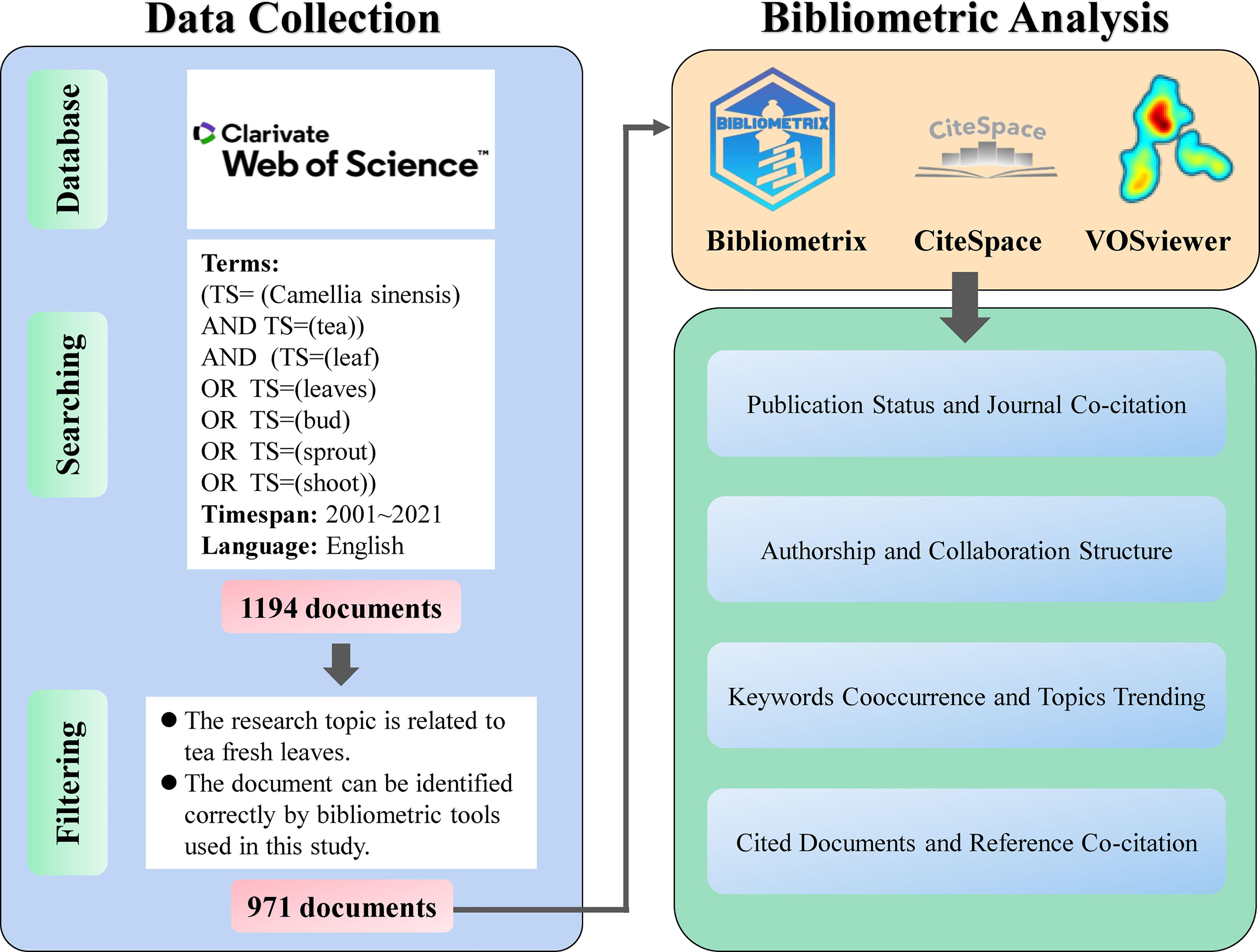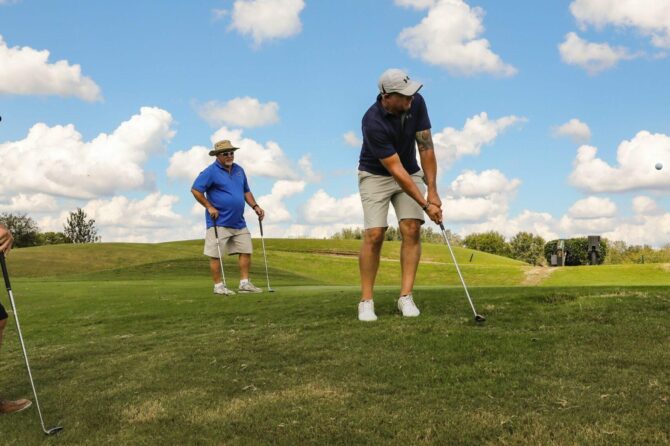Golf’s Social Media Dynamics and Player Impact
The recent decision by Collin Morikawa to forgo media obligations after a tournament has stirred significant debate within the golf community. Analysts Brandel Chamblee and Paul McGinley have voiced their concerns, labeling this choice as a “perilous precedent” that could jeopardize the relationship between players and the media. Their comments have sparked further discussions about accountability in professional golf.
Brandel Chamblee Responds to Morikawa’s Actions
In light of Morikawa’s remarks regarding player responsibilities towards media engagement, Brandel Chamblee has articulated his perspective on the matter. He believes that such statements could set a harmful standard for future interactions between golfers and journalists.
- The Role of Media: Chamblee asserts that media is essential in maintaining public interest in golf while helping players connect with their audience.
- Accountability of Players: He emphasizes that professional golfers must engage with the press as part of their duties as public figures.
- Potential Fallout: According to Chamblee, avoiding media interactions may create a rift between players and fans, ultimately hindering the sport’s growth.
This dialog has reignited questions about how professionals interact with journalists, leaving many curious about how this relationship will evolve moving forward. The importance of player engagement remains a pivotal topic in contemporary golf discourse.
The Effects of Player Discontent on Golf
A growing sense of discontent among professional golfers is creating an atmosphere filled with tension. Morikawa’s recent push for penalties against slow play reflects broader concerns regarding pace within the sport—issues that could alienate fans and impact participation rates significantly. This sentiment resonates across various players,raising critical questions about whether organizations like the PGA Tour can adapt without compromising tradition or integrity.
Chamblee has expressed apprehension over Morikawa’s call for stricter enforcement measures concerning pace-of-play rules, deeming it perhaps detrimental.While he acknowledges that player feedback is crucial for enhancing gameplay, he warns against fostering an environment where penalties overshadow enjoyment on the course—a situation likely to exacerbate existing divides within golfing circles.
Tackling these grievances effectively is vital for nurturing a positive atmosphere; however, it requires careful consideration from governing bodies like the PGA Tour. They must explore flexible solutions aimed at promoting bothsatisfaction among players while preservingthe integrity of golf. Suggested strategies include:
- Create better communication channels between management and players;
- pilot new pace regulations based on player feedback;
- Add incentives to encourage faster play without resorting to penalties;
The Influence of Social Media in golf Conflicts
The recent exchange between Collin Morikawa and analyst Brandel Chamblee highlights how social media can escalate private disagreements into public spectacles almost instantaneously. Following his critique directed at Chamblee’s commentary style, reactions flooded in from both fans and analysts alike—demonstrating how one tweet can significantly alter narratives surrounding professional athletes’ reputations.
This dynamic raises concerns; according to Chamblee,“social media creates a ‘dangerous precedent’, compelling athletes to air grievances publicly rather of resolving them privately—a trend placing undue pressure on golfers who are already subject to intense scrutiny from public opinion.” In an arena traditionally characterized by decorum, this shift toward online confrontations poses risks not only for individual relationships but also threatens community cohesion within golf itself.
Sustaining Constructive Dialogue Among Players
Aiming towards healthier interactions among golfers—especially following tensions like those seen recently—is essential for fostering mutual respect within sports culture. Here are some recommendations aimed at enhancing constructive dialogue:
- Create Open Channels: Encourage regular discussions around performance experiences—both successes and challenges—to build trust across all levels;
- Pursue Constructive Criticism: Instead of reacting defensively toward critiques from analysts or peers, view them as opportunities for personal growth;
- Sponsor Player Forums:Create platforms where athletes can share experiences openly; these forums would promote camaraderie while allowing best practices sharing amongst peers;
| Strategy | Benefits |
|---|---|
| Open Communication | Fosters trust among participants |
| Feedback Mechanisms | Encourages growth opportunities |
| Player forums | Strengthens community ties |
Ultimately,the healthinessofgolfcommunity hingesonplayerscultivatingacultu reofrespectandunderstanding .Byactivelyembracingdialogue ,individualplayerexperienceswillimprovealongsideoverallgrowthfortheentiresport.
As conversations continue surrounding conduct expectationsandmediaengagementwithinprofessionalgolf ,Chambleesresponsehighlightsthecomplexitiesathletesfacewhenbalancingpersonalchoiceswithprofessionalresponsibilities .Navigatingthisdelicatebalanceiscrucialforensuringthatfuturegolfremainsengagingwhilehonoringitsroots.






